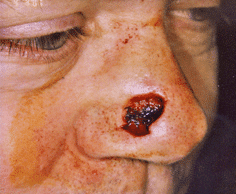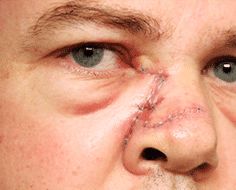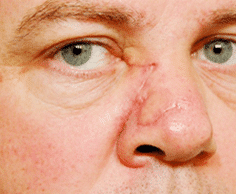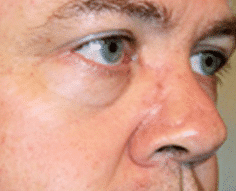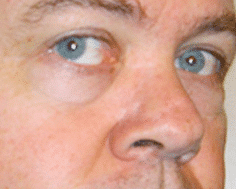Mohs Micrographic Surgery is the most effective treatment for skin cancer because it eliminates all of the tumor — including any hard-to-detect extensions. Dr. Prosise and Dr. Chen will remove the visible cancerous tissue, then excise and examine microscopic samples of the tissue around it. We repeat this process until the samples — and you — are cancer-free.
This real-time, microscopic examination of tissue is what sets Mohs surgery apart. It eradicates all cancerous tissue — and only cancerous tissue — leaving your healthy skin intact. Dr. Prosise and Dr. Chen are highly trained and has performed thousands of these procedures.
Benefits of Mohs Surgery
Mohs surgery helps to achieve optimal cosmetic and functional outcomes for skin cancer in sensitive areas, such as the face, ears, scalp, fingers, toes and genitals. This type of surgery is tissue-sparing, meaning that it preserves the most healthy tissue possible, leaving patients with the smallest scar, and thus the very best cosmetic result and the most natural feeling in the treated area.
This surgical technique provides patients with the utmost peace-of-mind. It offers a 99 percent cure rate for cancers that haven’t previously been treated. When a treatment doesn’t eliminate all cancer cells, cancer will sometimes extend “roots” deep under the scar tissue along blood vessels, nerves, or cartilage. Mohs surgery was designed specifically for these cancers as well as cancers that are at high risk for recurrence.
Mohs surgery not only provides patients with the gold standard in treatment for non-melanoma skin cancer and offers the best cosmetic result, it also represents a good value for their time and money. During the procedure, patients remain in-office with our care team, receiving the highest level of treatment possible until the skin cancer is gone. And because Central Texas Dermatology is an outpatient office, patients pay no surgical center or facility fees.
What Skin Cancer Conditions Does Mohs Help With?
Types of Cancer
The most common types of cancer that are treated by Mohs surgery are basal cell carcinoma and squamous cell carcinoma.
Recurrent Skin Cancer
When some previous treatment doesn’t eliminate all cancer cells cancer will sometimes extend “roots” deep under the scar tissue along blood vessels, nerves, or cartilage. Mohs surgery was designed specifically for these cancers as well as cancers that are at high risk for recurrence.
Aggressive Subtypes of Cancer
Mohs surgery is also appropriate when the cancer is infiltrative, micronodular, poorly differentiated, or morpheiform. These subtypes are diagnosed by the pathologist who evaluates the initial biopsy. These aggressive subtypes are typically treated with Mohs surgery.
Cancers Around The Scalp, Face, Neck, Hands, Feet, Shins And Genitals
Mohs surgery is also appropriate when the preservation of healthy tissue is important for cosmetic or functional purposes. Cancers in the areas of the nose, eyelids, lips, hairline, hands, feet, and genitals are typically treated with Mohs surgery.
Mohs Surgery Treatment
We want patients to experience the very best outcome from their Mohs surgery treatment at Central Texas Dermatology. To achieve that result, we include our patients as valuable participants in their care. We hope that this description of our process helps answer any questions you may have regarding your treatment. If you don’t see your question answered here, please see our FAQ section for further information.
Video Introduction to Mohs Surgery
How to Prepare for Mohs Surgery
- For 72 hours before surgery, avoid aspirin & aspirin substitutes
One exception is to avoid aspirin and aspirin substitutes (such as: Advil, Motrin, Nalfon, Naprosyn, etc.) for 72 hours before surgery. You may take Tylenol any time prior to surgery.
- The night before surgery, sleep well and eat normally
Get a good night’s rest and eat normally before your surgery. Take any prescription medication as usual unless otherwise instructed by your surgeon.
- The day of your surgery, dress comfortably and bring a few things with you
The day of your surgery, dress in comfortable, casual layers of clothing. If you tend to get cold, you may want to bring a blanket or light jacket. If you normally take prescription medication throughout the day, please bring it with you to your appointment. When you come to our office, bring snacks and entertainment to occupy your time, such as reading material, music and headphones. Be prepared for lulls in treatment while our clinical team is testing your tissue in the lab.
- Consider bringing someone with you
You should be able to drive yourself to and from the surgical appointment. However, it can be helpful to have someone accompany you to also hear about wound care and someone who can also help you get settled and comfortable at your home following your surgery. Due to the potential length of the surgery, we suggest that you make childcare arrangements for this day.
What to Expect During Mohs Surgery
- For your comfort, schedule and peace-of-mind Dr. Prosise and Dr. Chen perform outpatient Mohs surgery in our surgical suites here at Central Texas Dermatology, using in-house lab and staff. You will need only a local anesthetic during the procedure, and you will remain awake the entire time.
- We cannot predict how involved your surgery will be, so we cannot estimate its duration. While most Mohs surgeries can be completed in three or fewer stages, requiring less than four hours of your time, we recommend you reserve the entire day for your procedure. Please reference the Mohs Procedure page for additional details.
- When your surgery is complete, Dr. Prosise and Dr. Chen will explain and recommend options for closing the surgical site. The wound may be left open for natural healing, or it may be repaired with stitches, depending on the size and location of the wound.
- WOUND REPAIR: Most of the time, your surgeon will suture the wound. This will leave either a straight or slightly curved line (“linear closure”). For areas with little tissue available for suturing, your surgeon may close the wound using a flap of surrounding skin or graft of skin from another part of the body. Wound care for each of these closure types is slightly different, and our team will give you detailed instructions on how to care for the area.
- NATURAL HEALING: If the surgical site is small, your best option may be to let the body heal naturally, with no additional surgery. This is called “secondary intent” healing, and depending on the area may produce the best cosmetic result.
What to Expect After Mohs Surgery
- Following your surgery, you may experience some bruising and swelling around the surgical site, especially if your procedure was near the eye area. Most patients do not complain of significant pain or discomfort, so usually ibuprofen (Advil) or acetaminophen (Tylenol) is all you will need for relief. However, our surgeons will prescribe stronger pain medication if necessary.
- In terms of healing, Mohs surgery leaves one of the smallest surgical scars possible. After six to 12 months, it is often barely noticeable. After the sutures are removed, we recommend a silicone-based scar gel. However, if you want to diminish the appearance of your scar more rapidly or fully, we offer a variety of treatment options. CO2 laser or BBL treatment can help with texture or color change.
Mohs Recovery Precautions
- The surgical area may be tender for several weeks or months after surgery, especially if large amounts of tissue were removed. Rarely, some patients experience intermittent itching or shooting pain in the surgical area.
- Tiny nerve endings are cut during Mohs surgery, which may result in temporary or permanent numbness. If a large tumor is removed or if extensive surgery is required, a nerve to a muscle may be cut, resulting in temporary or permanent weakness. This is an unusual complication.
- Occasionally some of the skin in a graft or flap may not survive, requiring additional repair.
Insurance
Most insurance policies cover the costs of Mohs surgery and the reconstruction of the resultant surgical area. Please contact your insurance carrier directly for the most current payment information. Our insurance billing specialists are also available to help.
